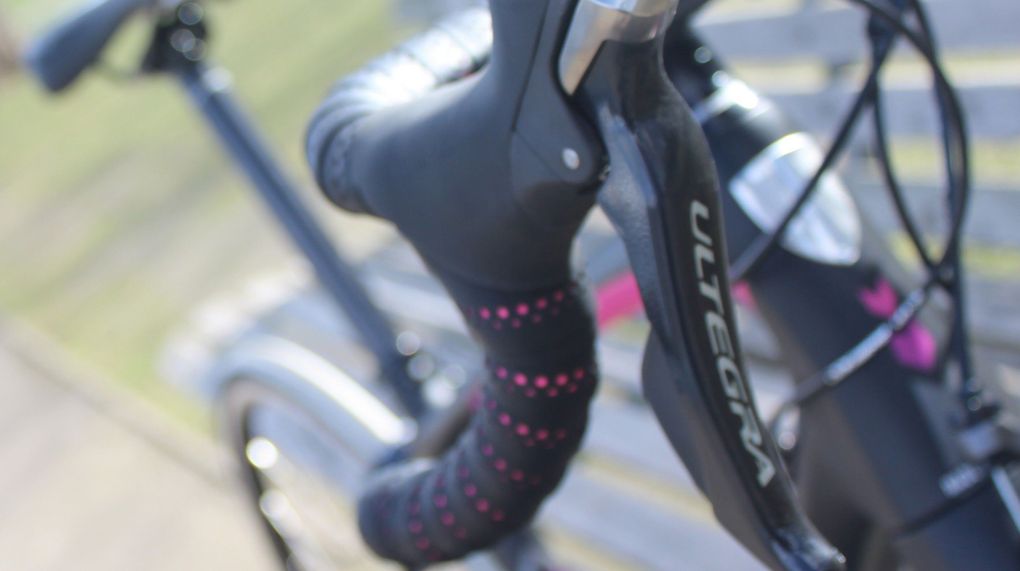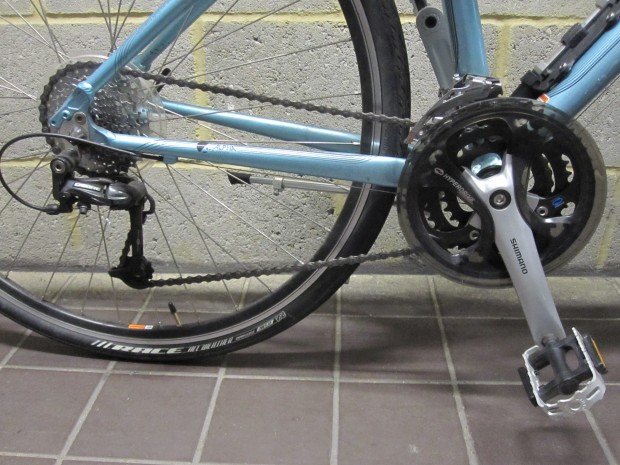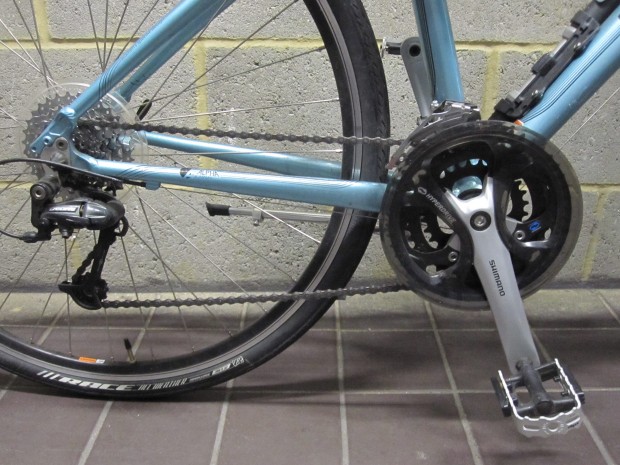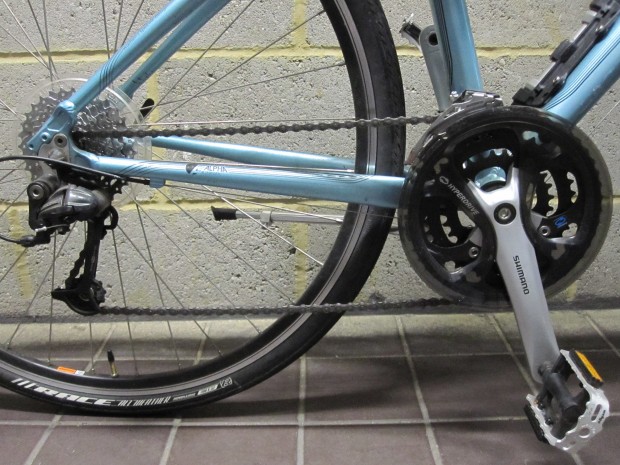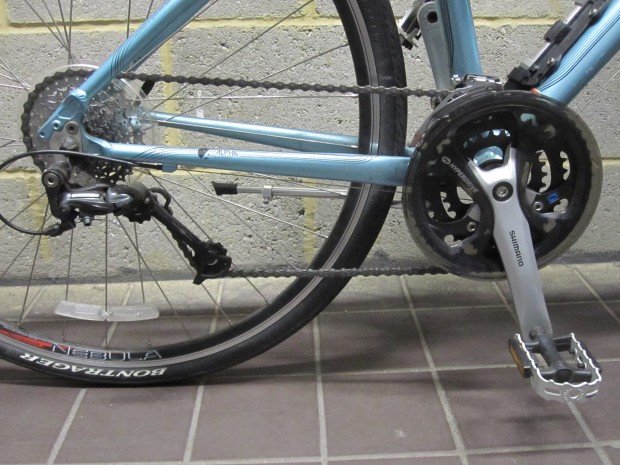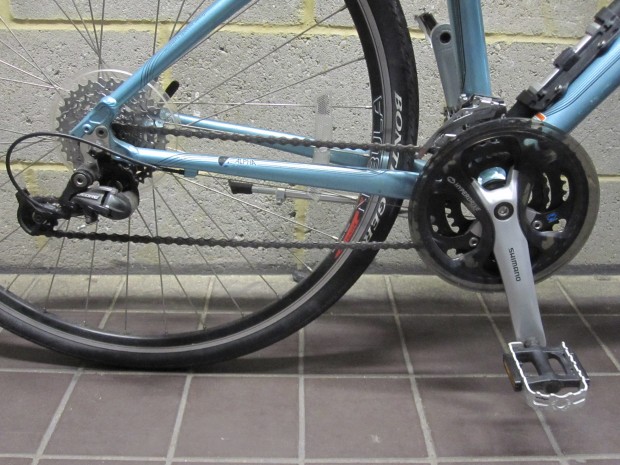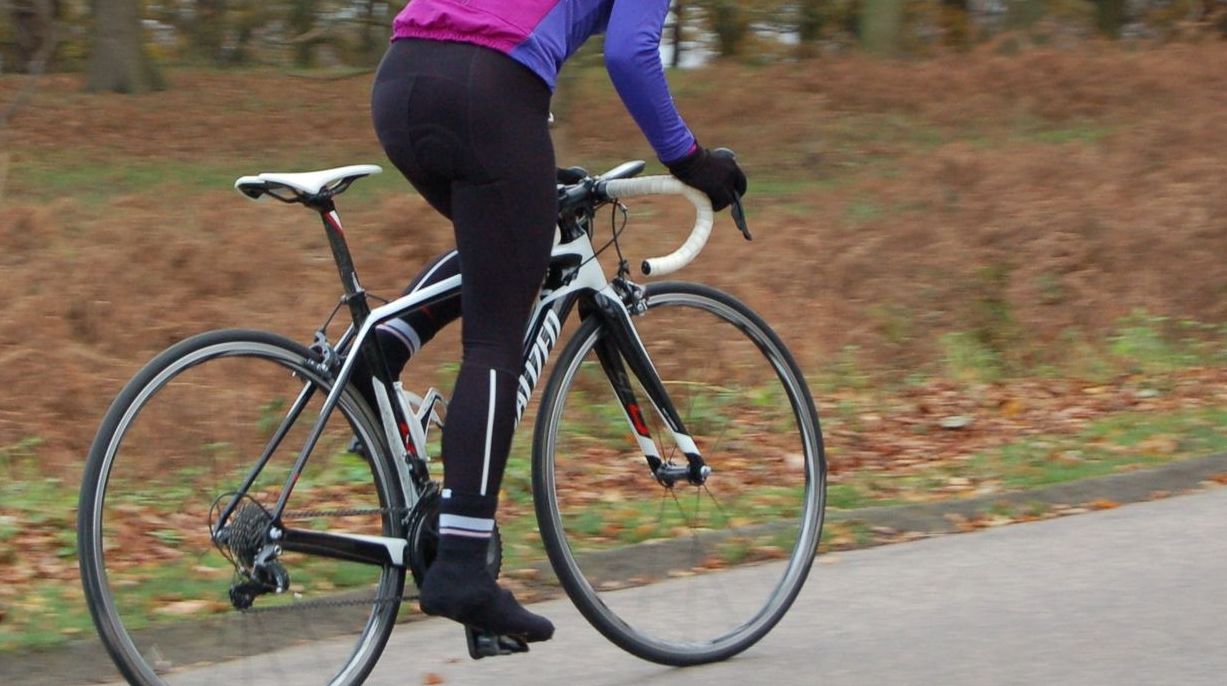Tired of unpleasant ‘clunks’ at the wrong moment, and struggling when you don’t need to? Learning how to use your gears efficiently could make all the difference to your cycling.
Being able to cruise through the cogs and find the perfect gear for your terrain will make you faster, more efficient – and it’ll make the ride more enjoyable too. Not only that, it’ll help ensure your chain lasts longer, too.
This is the definitive guide to efficient shifting that will save you time and mean your chain stays in good condition. We’ve got a few more articles on the topic that you might also like:
- Quick Beginners Cycling Tips: How to Use Your Gears
- How to Use Your Gears When Cycling Uphill
- How Different Road Bike Shifting Systems Work: Shimano, SRAM and Campagnolo
- How to: Adjust the Reach on Road Bike Shifters for Small Hands
How to Use Your Gears: beginner basics

Many beginners underuse their gears, plugging away in a high gear (big cog at the front, small cog at the back), expending lots of energy, churning the pedals at a low speed. Others find themselves pedalling furiously not getting very far, as they are in too low a gear (small cog at the front, large at the rear).
The key on how to use your bicycle gears efficiently is to start by finding the right gear. This means you can keep a steady rate of pedalling, or cadence, without feeling like you are pushing too hard or too gently through the pedals.


